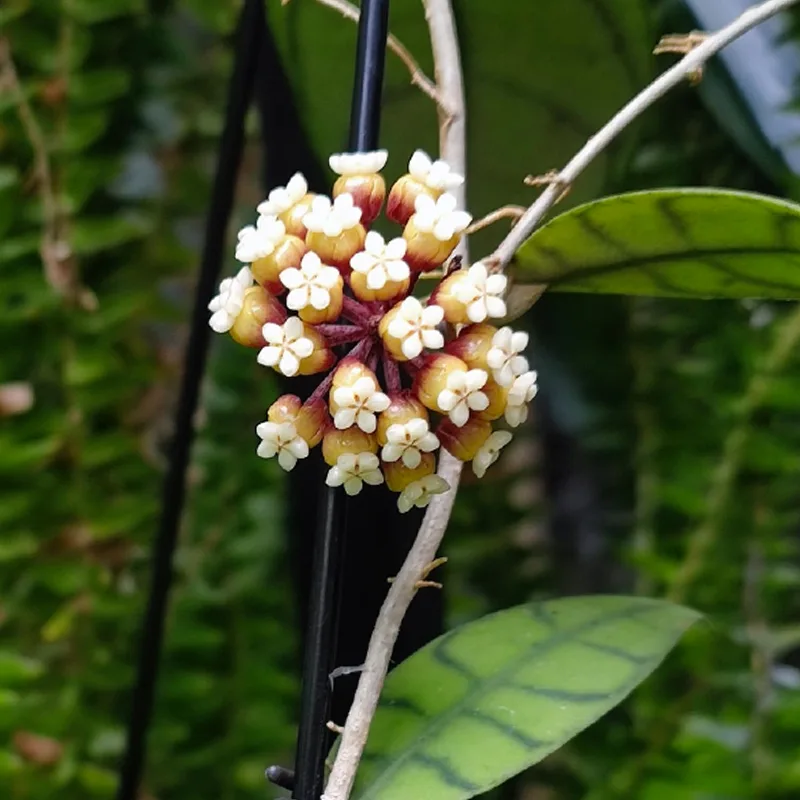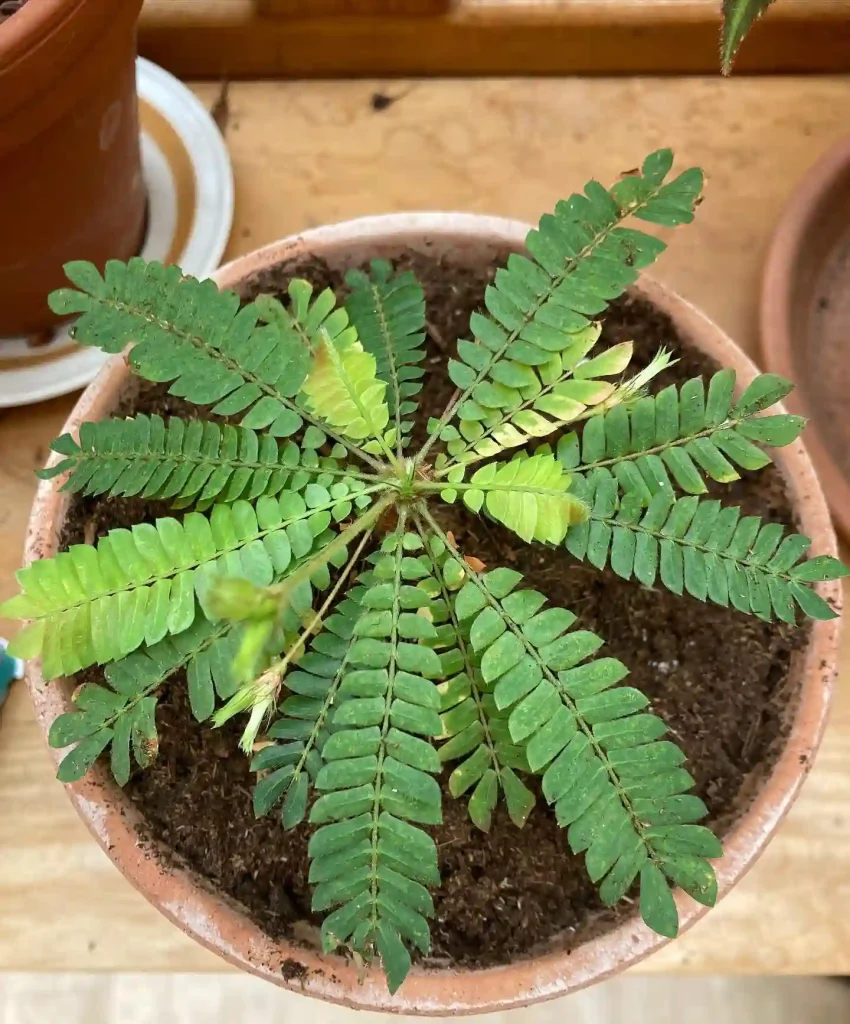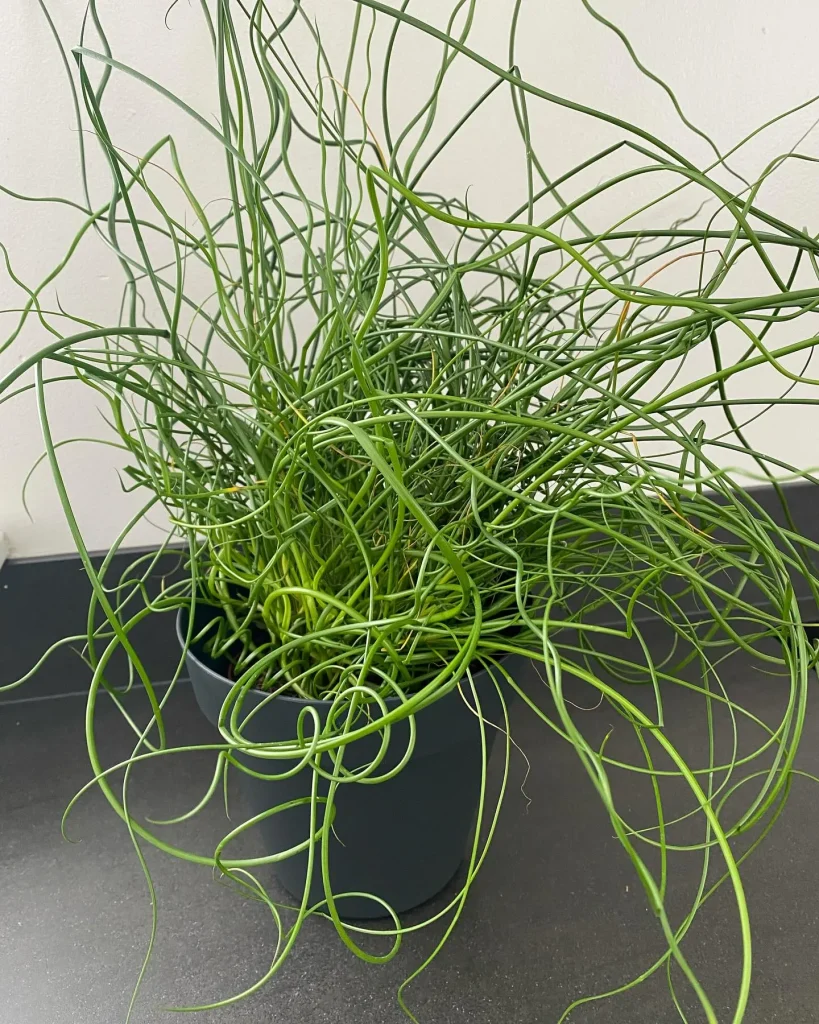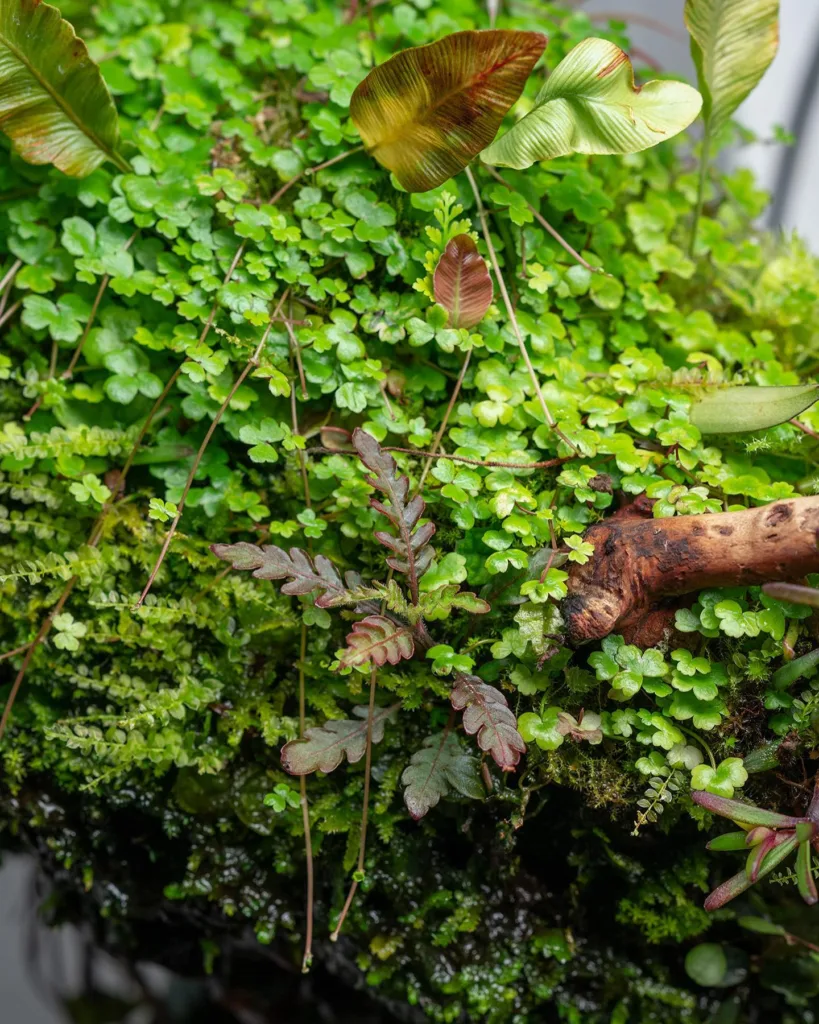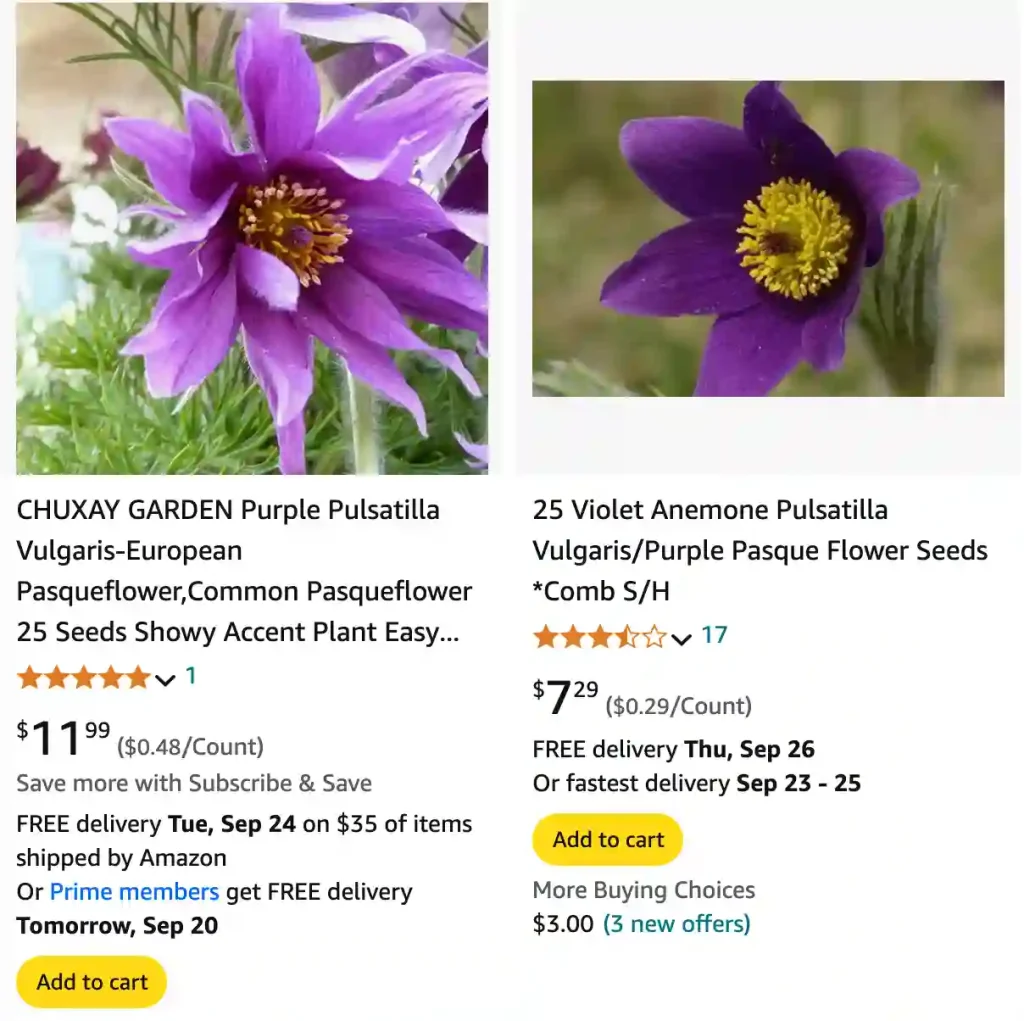
FAQs About Pulsatilla Vulgaris
If you’re like me, you’ve probably come across the intriguing Pulsatilla Vulgaris and wondered what all the fuss is about. This charming plant, often known as Pasque Flower or Anemone patens, has caught my attention due to its unique beauty and care requirements. Here’s a comprehensive guide answering the most frequently asked questions about Pulsatilla Vulgaris.
57 Species in Genus Pulsatilla
What Is Pulsatilla Vulgaris?
Pulsatilla Vulgaris is a perennial plant that belongs to the buttercup family (Ranunculaceae). It’s known for its striking, bell-shaped flowers that bloom in early spring, often in shades of purple, white, or pink. The foliage resembles a fern-like rosette and adds a touch of elegance to any garden. Native to Europe and parts of Asia, this plant thrives in temperate climates and is celebrated for its early spring bloom.
Where Can I Buy Pulsatilla Vulgaris Near Me?
Finding Pulsatilla Vulgaris can be a bit of a treasure hunt. Local garden centers might not always stock it, so it’s worth checking with specialty nurseries or online plant retailers. Websites like Etsy or Amazon often have a range of options, and you might also find local online plant groups or forums where enthusiasts share leads on where to buy. If you’re unsure, visiting a local botanical garden or arboretum can provide insights on where to find this plant in your area.
How to Care for Pulsatilla Vulgaris?
Caring for Pulsatilla Vulgaris is relatively straightforward, but it requires attention to specific needs. Here are some key points:
- Soil: They prefer well-draining, sandy soil. Adding compost can help improve soil structure.
- Sunlight: Pulsatilla Vulgaris thrives in full sun but can tolerate partial shade. In hotter climates, a bit of afternoon shade can be beneficial.
- Watering: They need moderate watering. Allow the soil to dry out between waterings to prevent root rot.
- Temperature: This plant is hardy and can withstand cold temperatures. It’s suitable for USDA hardiness zones 4-7.
How to Propagate Pulsatilla Vulgaris?
Propagation of Pulsatilla Vulgaris can be done through seeds or division:
- Seeds: Start seeds indoors about 8-10 weeks before the last frost. Sow them in a seed tray with a fine seed-starting mix. Germination can take several weeks, so be patient.
- Division: This method is typically done in early spring or fall. Divide the plant carefully to ensure each section has a healthy root system and replant immediately.
What to Plant With Pulsatilla Vulgaris?
Pulsatilla Vulgaris pairs beautifully with other spring-blooming plants. Consider these companions:
- Primroses: Their vibrant colors complement the softer hues of Pulsatilla Vulgaris.
- Daffodils: These offer a cheerful contrast to the delicate Pasque Flower.
- Hostas: Their foliage adds a lush backdrop to the flowering plant.
- Saxifrages: Perfect for rock gardens, they blend well with Pulsatilla Vulgaris in a naturalistic setting.
Can You Grow Pulsatilla Vulgaris Indoors?
While Pulsatilla Vulgaris is primarily an outdoor plant, it can be grown indoors under specific conditions. It requires ample light, so a south-facing window or supplemental grow lights are essential. Ensure good ventilation and avoid overly moist conditions to prevent fungal issues.
Is Pulsatilla Vulgaris Toxic?
Yes, Pulsatilla Vulgaris is toxic if ingested. It contains compounds that can cause irritation to the gastrointestinal tract. Keep it away from children and pets, and handle it with care. Always wash your hands after touching the plant to avoid any potential reactions.
Benefits of Pulsatilla Vulgaris
Apart from its aesthetic appeal, Pulsatilla Vulgaris has some notable benefits:
- Pollinator Friendly: The early blooms attract bees and butterflies, making it a great addition to a pollinator garden.
- Medicinal Uses: In traditional medicine, it has been used for various ailments, though it’s important to consult a healthcare provider before use.
Common Problems with Pulsatilla Vulgaris
Here are a few issues you might encounter:
- Powdery Mildew: This fungal disease can affect the plant, especially in humid conditions. Ensure proper spacing and good air circulation.
- Root Rot: Overwatering can lead to root rot. Make sure the soil drains well and avoid waterlogging.
- Pests: Watch out for aphids and slugs, which can damage the foliage. Regular inspections and prompt action can prevent significant damage.
Compare Pulsatilla Vulgaris with Similar Plants
If you’re considering alternatives, you might compare Pulsatilla Vulgaris with:
- Anemone Blanda: Also known as Grecian Windflower, it has similar blooms but differs in size and growth habit.
- Hepatica Nobilis: Known as Liverwort, it shares the early blooming trait but has different foliage and flower shapes.
Pulsatilla Vulgaris is a delightful plant that adds early spring color and charm to gardens. By understanding its care requirements and potential issues, you can enjoy its beauty and benefits while keeping it healthy and vibrant. Happy gardening!
If i die, water my plants!
